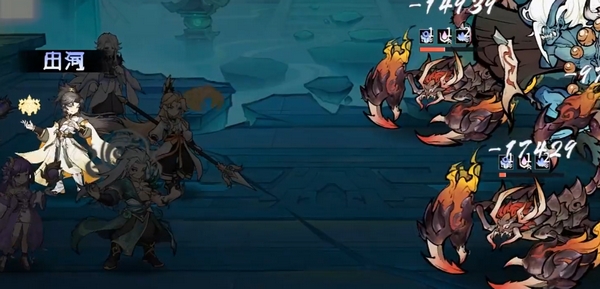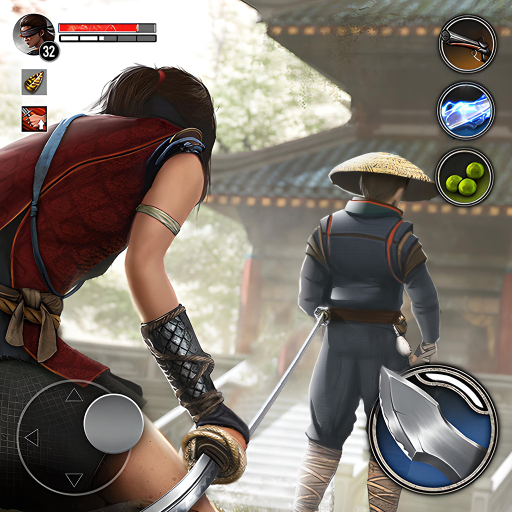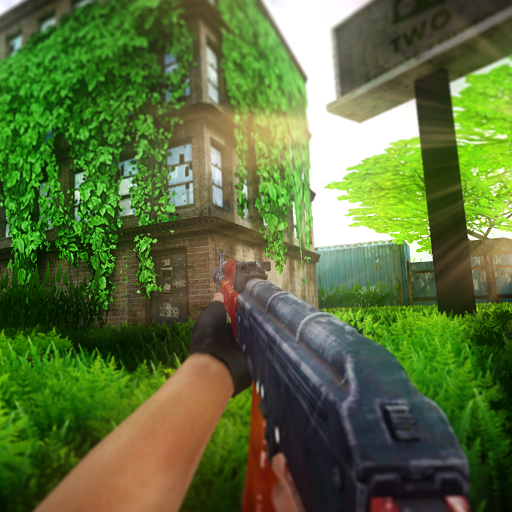Today, the editor will introduce the content of skill pairing in Pocket Cricket Fighting, in the unique world of Pocket Cricket Fighting, a roguelike auto chess game, skill pairing is the core element that determines the outcome of battles. Each school in the game contains a rich and diverse set of skills, from gold, purple to blue skills, each with its unique effects and strategic significance. These skills interweave to form a vast and complex pool of skill cards. The improvement of school levels has a profound impact on obtaining high-quality skills, and there are clear counter relationships between different schools. Let's take a closer look together.
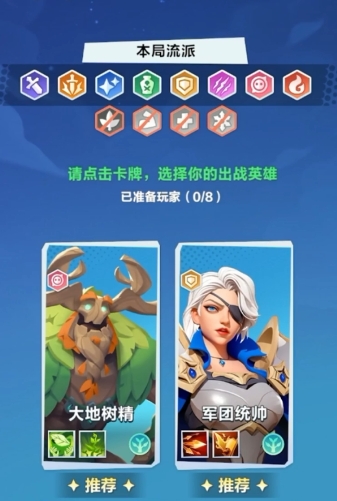
The game is designed around 12 schools, each with its unique combination of skills. In a game, 8 out of the 12 schools are randomly selected for players to use. Each school includes 2 gold skills, 3 purple skills, and 13 blue skills. Among them, gold and purple skills are unique to the school, while 2 of the blue skills are specific to the school, and the remaining 11 are dual-school skills. Improving the school level is crucial for obtaining high-quality skills. When a school reaches level 2, there is a chance to draw a purple skill; at level 3, there is a chance to draw a gold skill. Additionally, upgrading hero levels and school levels can increase the probability of acquiring purple and gold skills.
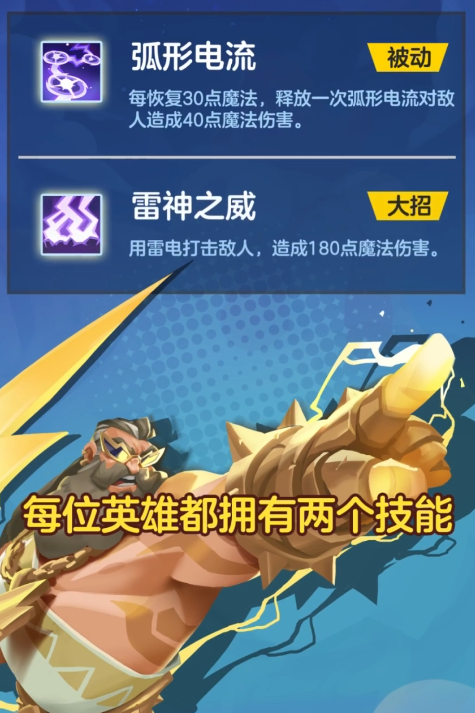
There are clear counter relationships between the schools. The dodge school counters the physical attack school and critical hit school, as only physical damage can be dodged, and poison damage always hits dodge units, which can counter the dodge school. The physical attack school, critical hit school, and ultimate move school rely on high burst damage to counter the poison school, whose damage is calculated once per second, making it relatively weaker in terms of burst. The life school relies on stacking health, and the frost school uses slowing and reducing mana regeneration to deal with the high burst of the physical attack school, critical hit school, and ultimate move school. The shield school effectively resists low-damage skills in the early stages, but against the poison school, the stacking of poison layers is faster than that of shield layers. Furthermore, the shield school and vulnerability school, as well as the frost school and rage school, cancel out each other's status effects, though related events will still trigger.
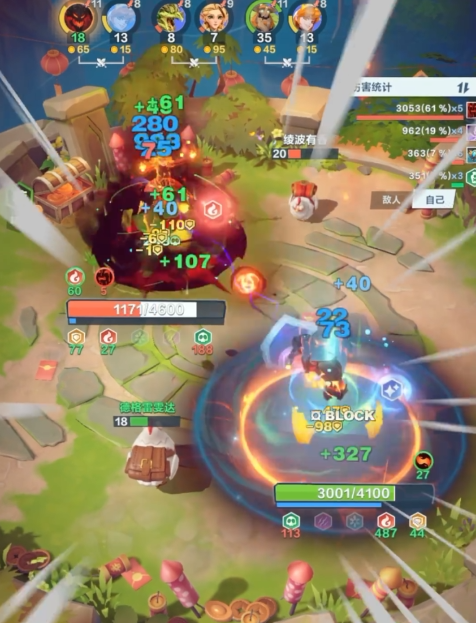
In the early stages of the game, focus on the skills that match the chosen hero's school, quickly upgrade the school level to obtain high-quality skills. For example, if playing the physical attack and ultimate move school with Phantom Assassin, you can directly pick up cards that allow for consecutive wins in the early stages. In the first three rounds, mainly draw cards to enhance strength and aim for consecutive wins. Starting from the fourth round, if playing Phantom Assassin, you can only pick up physical attack cards and save money appropriately. During the fifth round when fighting monsters, observe the situation and assess whether you can defeat other players maintaining their win streaks, thus deciding whether to continue saving money or go all-in on drawing cards.
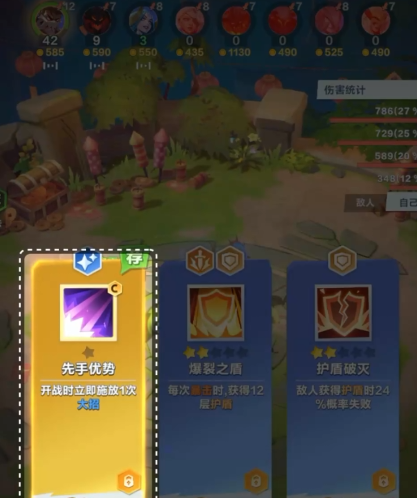
The editor has now finished introducing the content of skill pairing in Pocket Cricket Fighting, through a comprehensive exploration of skill pairing in Pocket Cricket Fighting, players have mastered the key ideas behind skill pairing. In actual gameplay, players need to flexibly apply these techniques based on the randomly drawn schools, their chosen heroes, and the real-time changes in the battle situation.

